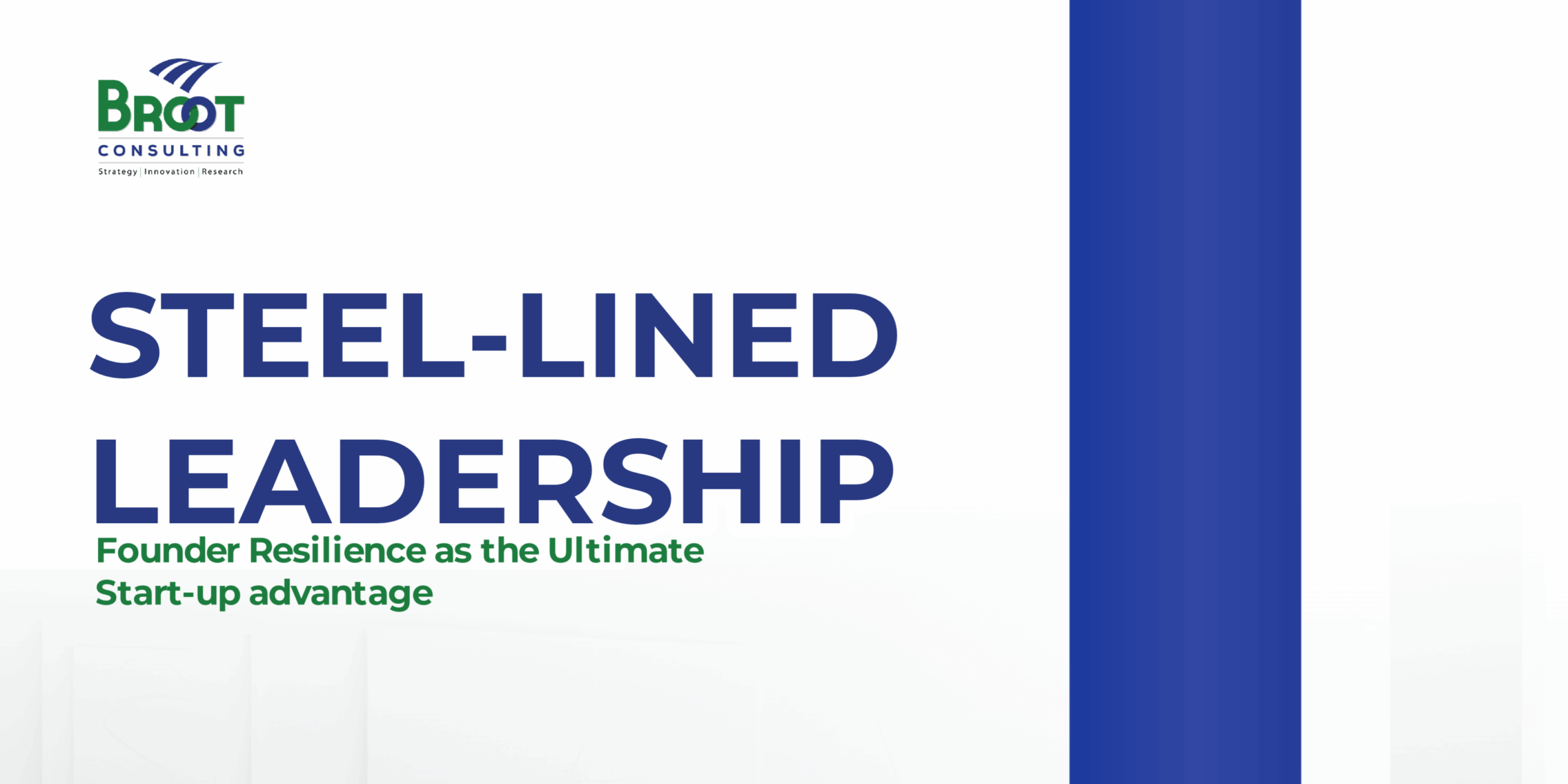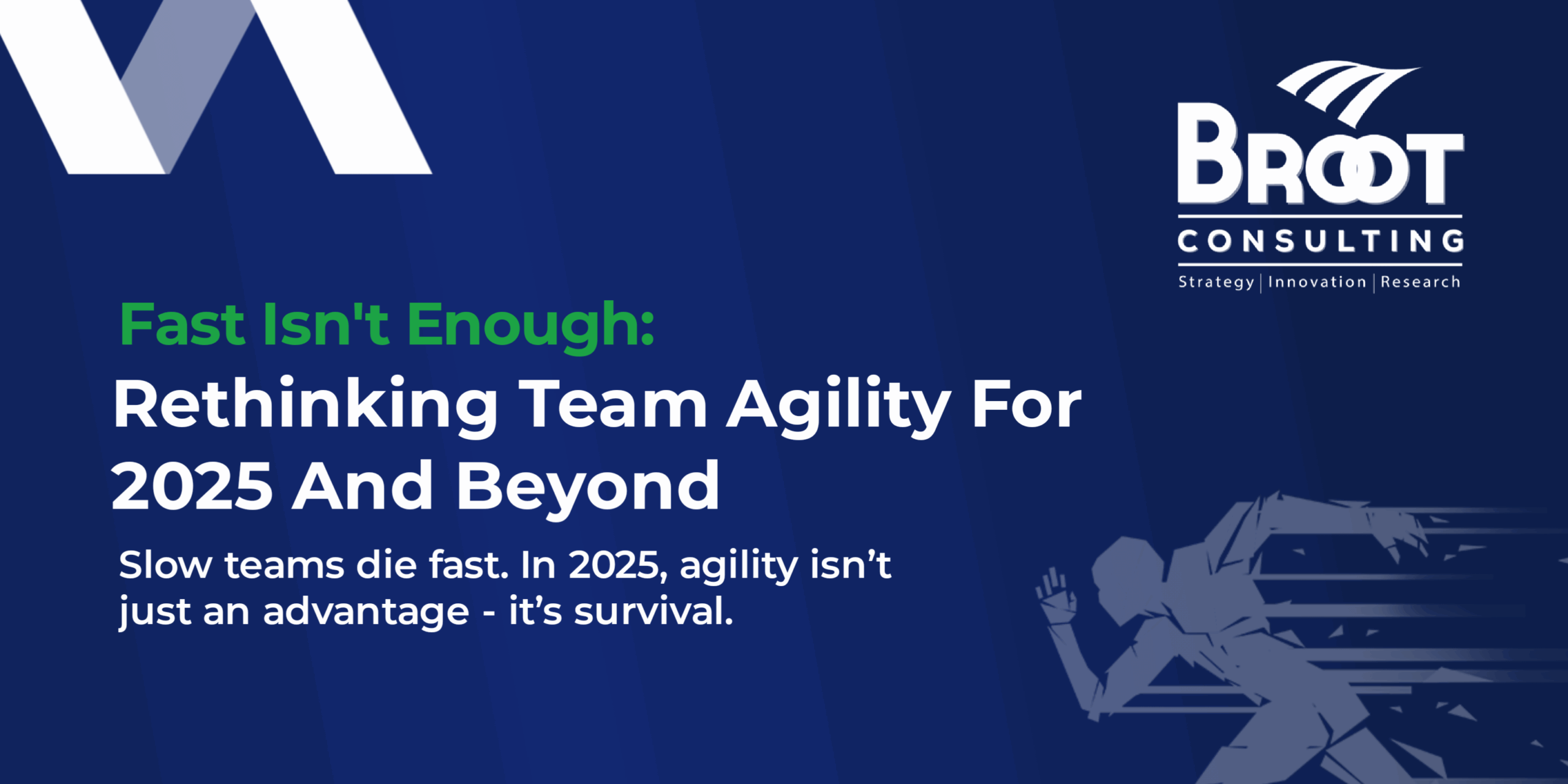It was you, what is next?
We know that you conceived the idea that gave birth to the company. We accept that the fantastic new product or sterling service that is doing so well in the market was your brainchild. We also acknowledge the role that your insights and contributions play in the everyday success of the organisation but if you do not have a cohesive workplace, your business and pride achievements will be standing on a pack of rubbles. Organisations are built on people, and when the people are divided and not completely unified around the purpose, the lifespan of that institution may be shortened, and its capacity to continuously innovate will be limited. More often than not, managers blame underperformance, stagnant or negative growth on their team, however, they hurriedly forget that the responsibility to choose, nurture and develop a strong team is primarily theirs. Before you complain about how sad you are about your team, kindly pause for a second and check yourself.
The capacity to innovate and achieve high performance is a function of the degree of cohesiveness in a team, a highly divisive and winner-take-all environment make innovation difficult if not totally impossible. In a study conducted by Linda Hill, a professor of business administration at Harvard Business School, organisations must be concerned with “Building organizations that can innovate is the critical leadership task for the foreseeable future,” She says that “Leaders today have to enable, encourage and recognize true innovation, which she defines as “the creation of something new and useful.” How can one achieve this? Innovation does not exist in a vacuum; it does not require a know-it-all smart executive in an organisation; rather, it requires an interdependent and interrelated team with complementary skills. Members of the team see themselves as pieces in the puzzle without which the puzzle will be incomplete.
To build an exceptional team that will create Innovation, the leader must be an expert at people mastery. A leader who finds it challenging to manage a few employees how much more difficult will it be for such to manage hundreds or thousands of people? So, what is the best way to build a cohesive team that creates highly innovative organisation and help meet the needs of the society?
An Experience like yours?
In the course of my career, I have had my own dose of hiring those who ended up as “misfits” compared to what I set out to achieve for my organisation. Workers who are a misfit in a team have the tendencies to cause conflict and slow down the rest of the team. They love to work in silos and never like to share their knowledge. Most times, they could be intelligent but not competent, or they could even lack loyalty and the spirit that the organisation so critically needs. So how did this individual end up on our team? Who should be blamed for them? Are managers expected to know all the team members intimately before hiring them? As expected, most managers will blame poor performance on an unruly or rebellious or misfit employees but aren’t it time leaders began to introspect? Is the problem with the employees or with the leaders themselves?

Creating a Cohesive Team
Team cohesion shows the strength and the interpersonal connection in your organisation. When the team is united around the organisation objectives and in the process of achieving those set goals, they have the feeling that their individual effort in contributing to the attainment of the organisation. Leaders must refuse the temptation of self-glorification and winners take-it-all. To build a cohesive team in your organisation, you should:
- Be Conscious of your style and how you work: If you are not aware of your leadership style and understand the pros and cons of your style you won’t be able to overcome the weaknesses that come with it. Be sincere to yourself if your style is achieving the desired result of building a strong team that will serve the greater good of the organisation. Some of the pointers to the effectiveness of your leadership style are high labour turnover rate and consistent underperformance of an employee of a group of employees. To build a cohesive team, you need to sincerely evaluate yourself and be critical about how best you can make your team effective and happy. Asking the fundamental question of where you need to improve, how you can improve, and why you should improve will help you in no small ways
- Be a “stage-setter” and not the “performer”: the best way to encourage innovation to thrive is for leaders to develop a listening culture where they admit that they do not have all the answers and no single individual does. We live in a complex environment where the complexity of the intrigues in business defies the wisdom of any one person. Since you don’t have all the answers, it becomes easier to form a team who will also have the same orientation. Once each member knows how they are part of the puzzle, there will be mutual respect and appreciation within the team because each team member knows that the other person has something that he does not have and vice versa.
- Don’t be a sole repository of knowledge in your organisation: whether you are a sole proprietor or work for a publicly listed company, it is a wrong assumption to think you should be the ultimate repository of knowledge in respect of your business. If your business is such that you are the only one with the full understanding of the workings, then you are not building a business that can last and make a monumental impact through continuous innovation. If your team don’t have detailed knowledge of your organisation, how they create innovative solutions to a business which you are the all-knowing? Innovation becomes possible in an atmosphere of interrelated and interdependent knowledge. You need a strong team whose contribution becomes only meaningful as they depend on each other and contribute a part of the whole
- Stop encouraging deference: yes, you are the leader, but when you practice a culture where everyone defers to you, then you will be limiting the potential of your organisation. Create an agile culture that enables your workers to work as a team and take better and faster decisions in the interest of the organisation. When you develop a culture that encourages teams to think, then you will be nudging your team towards cohesion.
- Recruit for a team culture: rather than look at the smartest and the guy from the most prestigious school, hire for values that promote team spirit. Most first class graduates have ended up becoming a disaster for some organisation while those from not too prestigious school or fancy degrees have ended up becoming the pride of the organisation through whom complex problems have been solved, and innovation created. Always remember that skill could be taught, but a bad attitude is different to take away from anyone. When you recruit an employee look for great attitudes, comb the CV for any usage of the world that only ascribe glory to self. Remember attitude is everything!
- Show genuine concerns, be empathic: every leader that is great in emotional intelligence (EQ) will always demonstrate empathy, walking in the shoes of your employees. Emotionally intelligent leaders foster cohesion among the team. To be sure that you are on the right part, constantly measure your EQ and do it as often as possible. Stop putting yourself at the centre of the core around who everything revolves. Such an attitude is a morale killer and increases employees’ turnover rate. If you have a high turnover rate of employees, then you as a leader is not doing something right.
- Ensure Community Orientation: the culture of we is very destructive, family business is predominately the leading business in the world because there are strong values and strong commitment that made them see the business like theirs. A strong community bond should be created in other to facilitate a strong sense of belonging, any feeling that makes employees think that they are just a means to an end will make them give less of their abilities. Create a community atmosphere in your organisation, a caring atmosphere is a winner any day and any time.
- Look for diversity: the most successful teams require diversity. Diverse teams have access to many people with varying skills and experiences. A diverse group will be able to pull from all these experiences in order to achieve the mission. The idea that great minds think alike may be the most dangerous one to assume when it comes to choosing your next employee. In fact, constantly hiring the same “type” of personality for many of your roles can actually limit the creativity your company needs to thrive. On the other hand, diversity in every possible sense of the word, not just in terms of gender or experience, is the driving force of success.
- Clearly Define Roles & Responsibilities: effectively and clearly define the roles and responsibilities of members on your team. Now, don’t assume this is an easy deal; in fact, you’ll often find that sometimes, people’s ideal roles lie outside their area of expertise and job descriptions. Each of your team member’s responsibilities must be interconnected and dependent upon one another.
- Always Celebrate Success: at a time when uncertainty is being dealt with every day, you must take the time to celebrate success. This goes beyond just acknowledging – it is about stepping back and reflecting on what has been accomplished and what you have learned throughout the journey. In today’s rocket fast, rapidly changing world of work, people are not taking enough time to understand why they were successful and how their success reverberated and positively impacted those around them. I have seen leaders fall into the trap of self-aggrandizement – Celebration is a short-lived activity. Don’t ignore it. Take the time to live in the moment and remember what allowed you to cross the finish line.
Conclusion
Innovation doesn’t happen in a vacuum. Just as you are not—and shouldn’t be—a singular visionary, neither should anyone else, or even one team or department. History has shown us time and time again that it takes a special kind of leader with unique competencies and skills to successfully build great companies and teams. From Ford to Facebook, from Tesla to Apple, we have seen that great innovations can begin with an individual but it must be sustained by a team. This team will not fall off from the sky, they will be built and groomed and that is the ultimate job of the leader.




